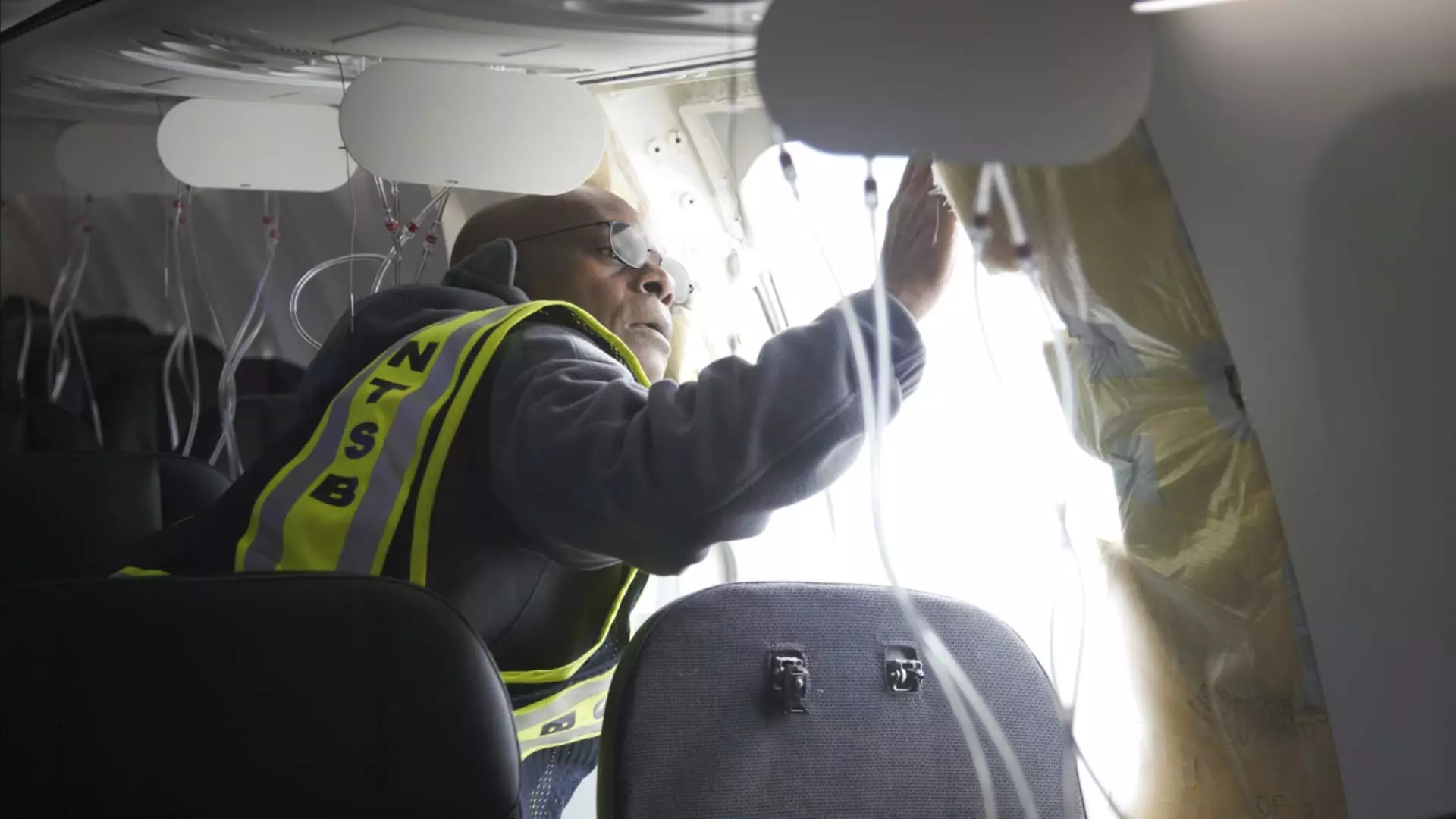In a recent report released by the National Transportation Safety Board (NTSB), it was revealed that bolts were missing from a door plug that blew out midair on a Boeing 737 Max 9 operated by Alaska Airlines. This incident, which occurred on January 5, 2022, left a gaping hole in the side of the fuselage while the plane was climbing out of Portland, Oregon. The NTSB’s preliminary report sheds light on the details of the incident and raises concerns about manufacturing and maintenance processes.
The NTSB Report
The NTSB’s report provides crucial information regarding the missing bolts and their potential role in the accident. It states that the absence of contact damage or deformation around the relevant holes suggests that the four bolts, which are supposed to prevent upward movement of the MED plug, were already missing before the plug moved off the stop pads. This indicates a significant oversight in the manufacturing or maintenance process.
Further investigation is needed to determine the exact manufacturing documents that authorized the opening and closing of the door plug during the rivet rework. However, it is worth noting that the fuselage and the door plug were both produced by Spirit AeroSystems and arrived at Boeing’s Renton, Washington, plant in August 2021. A repair was logged a day later for five damaged rivets, requiring the removal of the bolts. The report does not delve into the specifics of the repair process, leaving questions over the handling and reinstallation of the bolts unanswered.
Boeing’s Response and Accountability
Boeing, the aircraft manufacturer, has acknowledged its responsibility for the incident. Following the accident, the company expressed its appreciation for the NTSB’s work and committed to reviewing the findings expeditiously. In a statement, Boeing stated that it will continue to cooperate fully with the NTSB and the Federal Aviation Administration (FAA) investigations. The grounding of the Max 9 by the FAA had a significant impact, with most of the planes now returning to service after necessary inspections and repairs.
The missing bolts incident has added to the existing pressures and challenges facing Boeing. The company’s CEO, Dave Calhoun, has acknowledged the manufacturing defects that have caused delays in aircraft deliveries. Boeing is under scrutiny from customers, regulators, and congressional leaders, all of whom expect the company to address these issues promptly and regain their confidence. The FAA’s ongoing audit of Boeing’s production lines and the restriction on increasing output until manufacturing processes are deemed satisfactory indicate the need for comprehensive improvements.
Boeing’s response to the incident is crucial for restoring trust in its manufacturing processes and ensuring the safety of its aircraft. The company must learn from this incident and implement effective measures to prevent similar oversights in the future. Transparency, diligent inspections, and adherence to regulatory standards are vital in regaining the trust of customers, regulators, and the flying public.
The missing bolts incident on the Boeing 737 Max 9 operated by Alaska Airlines highlights the importance of robust manufacturing and maintenance processes in the aviation industry. The NTSB report reveals significant oversights that led to the door plug blowing out midair, posing a safety risk for passengers. Boeing’s acknowledgment of responsibility and commitment to addressing the issue are positive steps toward rectifying the situation. It is crucial that the company takes this incident as an opportunity for learning and improvement to prevent similar incidents from occurring in the future.


Leave a Reply